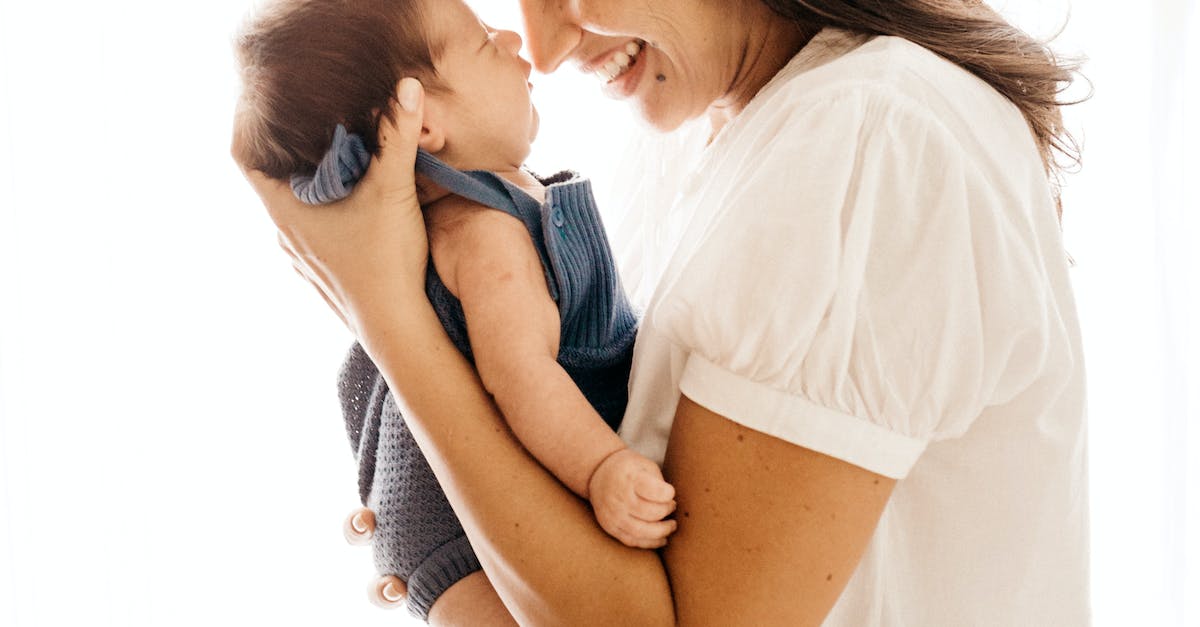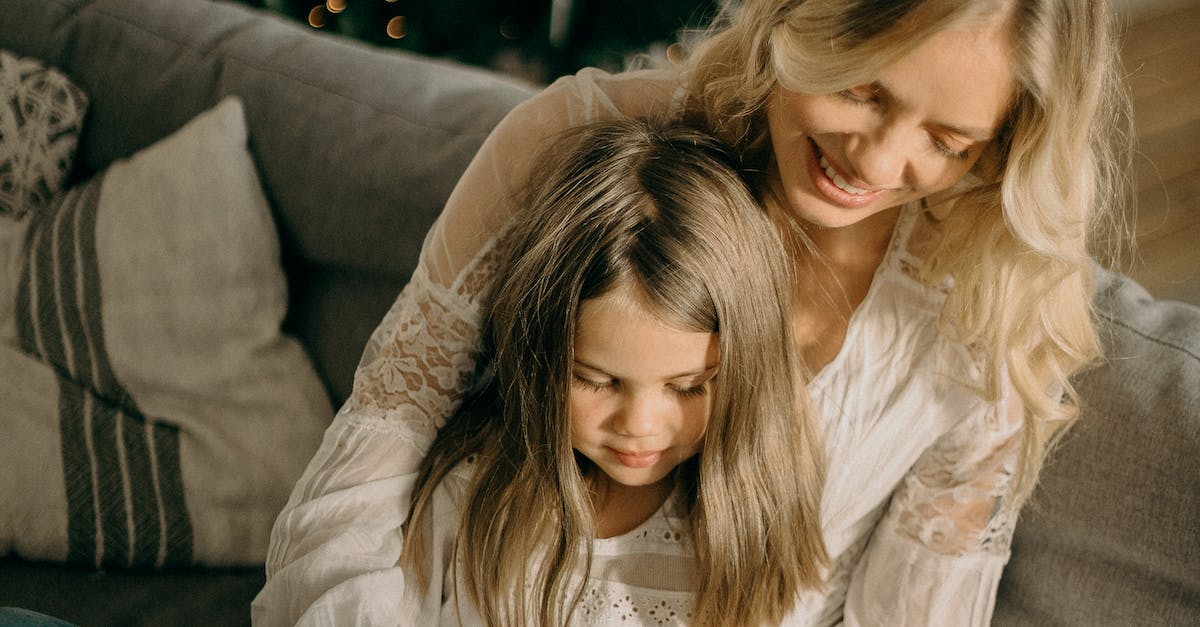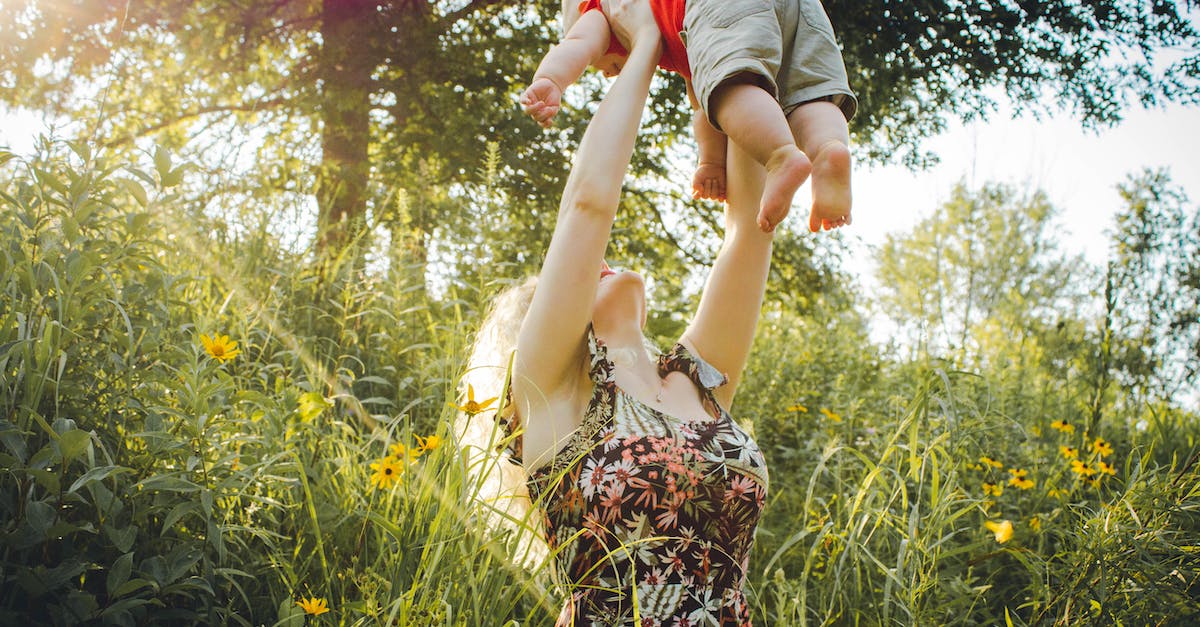Hey there, fellow moms and dads! Are you tired of the same old, boring ways of disciplining your kids? Do you feel like it’s a never-ending battle to keep them in line? Well, fret no more! Today, we’re going to talk about how to discipline your kids in a positive and effective way.
Now, you might be thinking, “Positive discipline? Is that even possible?” Believe me, it is! And it doesn’t involve bribing your kids with candy or telling them they’re perfect little angels when they’re not.
Positive discipline is about teaching your kids how to behave in a way that respects themselves and others. It’s about setting clear boundaries and consequences, while also giving them the tools they need to make the right choices. And best of all, it can be fun!
So join me as we explore some creative and engaging ways to discipline your kids. I’ll share some personal anecdotes and tips that have worked for me and my family. And who knows, you might just have a little fun along the way!
The Importance of Positive Discipline

As a mom, disciplining your children can be a tough job. It’s important to teach them right from wrong, but you also want to do it in a positive and effective way. Positive discipline is a powerful tool that can help you do just that. Here are some reasons why positive discipline is important:
- Builds a strong relationship: Positive discipline helps to build a strong relationship between you and your child. When your child feels loved and supported, they will be more open to listening and following your guidance. This will create a positive cycle of good behavior and improve communication between you and your child.
- Teaches self-discipline: Positive discipline focuses on teaching self-discipline rather than punishment. When your child learns to regulate their own behavior, they will be better equipped to handle difficult situations in the future. This will also help them to become more responsible and independent adults.
- Encourages positive behavior: Positive discipline encourages positive behavior by focusing on what your child is doing right rather than what they are doing wrong. When your child feels praised and acknowledged for their good behavior they will be more likely to continue it.
- Reduces negative behavior: Positive discipline is less likely to cause negative behavior in your child. Traditional forms of punishment can be harsh and unfair, causing resentment and rebellion. Positive discipline helps your child to understand why their behavior is wrong and what they can do to change it.
In conclusion, positive discipline is an essential tool for any mom. By building a strong relationship, teaching self-discipline, encouraging positive behavior, and reducing negative behavior, positive discipline will help you to raise happy, healthy, and well-behaved children.
Setting Clear Expectations

One of the best ways to discipline your kids in a positive way is to set clear expectations. This means letting your kids know what is expected of them in certain situations, and following through with consequences when they don’t meet those expectations.
1. Be clear and specific: When setting expectations, be clear and specific about what is expected of your child. Use simple language that they can understand and make sure they know what they are expected to do.
2. Discuss consequences: Before your child can meet your expectations, they need to know what will happen if they don’t. Discuss the consequences of not meeting your expectations with your child, so they know what to expect.
3. Be consistent: Once you’ve set expectations, it’s important to be consistent with them. If you allow your child to get away with something once, they may push boundaries in the future.
4. Reinforce positive behavior: When your child meets your expectations, reinforce their positive behavior with praise or a reward. This will encourage them to do it again in the future.
By setting clear expectations, your child will know what is expected of them and what will happen if they don’t meet those expectations. This will help them to learn how to behave in a positive way and make discipline easier for both you and your child.
Consistency is Key

When it comes to disciplining kids, consistency is one of the most important things you can do. Children thrive on routine and structure, and when you consistently enforce the rules and consequences, they know what to expect and are more likely to comply. Here are some ways to maintain consistency in your discipline:
- Establish clear rules and expectations: Make sure your children understand the rules and expectations that you have set for them. Write them down if necessary and post them in a visible place. Be sure to explain why the rules are important and what the consequences will be if they are broken.
- Stick to your word: If you say there will be a consequence for a certain behavior, follow through with it. It’s important that your children understand that you mean what you say and that they can count on you to follow through.
- Be fair and consistent: Treat all of your children equally and enforce the same rules and consequences for everyone. This helps to prevent any arguments or resentment between siblings.
- Monitor behavior: Keep an eye on your children’s behavior and intervene when necessary. Don’t wait until things escalate to start enforcing the rules. Consistently enforcing the rules can prevent things from getting out of hand in the first place.
Consistency may take some time and effort to establish, but it will pay off in the long run. It will help your children to develop self-discipline and make your job as a parent much easier. Remember, discipline doesn’t have to be negative or punitive. When done in a positive and consistent way, it can be an important teaching tool that helps your children grow and thrive.
Using Natural Consequences

- What are Natural Consequences: Natural consequences occur when a child’s behavior leads to a result that is directly related to the behavior. For example, a child who refuses to wear a coat on a cold day will naturally feel cold.
- How to use Natural Consequences: Parents can use natural consequences by allowing their child to experience the result of their actions without intervening. Instead of forcing a child to wear a coat, let them feel the cold and learn from the experience.
- Benefits of using Natural Consequences: Natural consequences help children learn from their mistakes and take ownership of their behavior. This approach teaches children the connection between their actions and the outcomes they experience.
- When to use Natural Consequences: Natural consequences can be used for minor misbehaviors or situations where the child is not in danger. It is important to balance natural consequences with positive reinforcement to teach children the appropriate behaviors.
As a parent, disciplining your child can be a challenging task. However, using natural consequences can be a positive way to teach your child about the connection between their behavior and the outcomes they experience. When using natural consequences, it is important to allow your child to learn from their mistakes and take responsibility for their actions. Remember to balance natural consequences with positive reinforcement to ensure your child learns appropriate behavior.
Encouraging Good Behavior

- Catch them being good: Instead of always pointing out negative behavior, make an effort to catch your child being good. Praise them for good behavior, such as sharing or being kind to others. This will encourage your child to continue with positive behavior.
- Use positive reinforcement: When your child displays good behavior, reward them with positive reinforcement. This can include a special treat or privilege. This will motivate your child to continue with positive behavior.
- Give them choices: Giving your child choices can empower them and make them feel in control. Instead of telling them what to do, offer them options, such as picking out their own outfit or choosing what to have for snack. This will encourage good behavior by giving them a sense of independence.
- Be specific with praise: When praising your child, be specific and point out exactly what they did well. Instead of saying “Good job”, say “Great job sharing your toy with your friend”. This will reinforce positive behavior by letting them know exactly what they did right.
- Model good behavior: Children often learn by example, so make sure to model good behavior yourself. Show kindness, empathy, and respect towards others. This will encourage your child to follow in your positive footsteps.
Remember, discipline doesn’t have to be punishing or negative. Positive discipline can have a lasting impact on your child’s behavior and overall well-being. By encouraging good behavior in a positive way, you can raise happy and well-behaved children.
The Role of Communication in Positive Discipline

Effective communication is key to achieving positive discipline for your children. It helps build trust and respect in your relationship and creates a nurturing environment for your child to grow and learn from their mistakes. Here are some tips for communicating effectively with your child:
- Active Listening: Listen to your child without interrupting or judging. Show that you are fully engaged in the conversation by making eye contact and using verbal cues like nodding and saying “Okay”.
- Empathy: Put yourself in your child’s shoes and acknowledge their feelings. This helps your child feel understood and can prevent them from becoming defensive or rebellious.
- Use Positive Language: Instead of saying “Don’t do that”, tell your child what they should be doing instead. For example, say “Please walk inside the house” instead of “Stop running”. This helps your child understand what behavior is expected of them.
- Calm Tone: Speak in a calm and respectful tone, even if you’re feeling frustrated or angry. This can help de-escalate conflicts and prevent arguments from turning into power struggles.
- Collaboration: Involve your child in problem-solving and decision-making. Ask for their input and encourage them to come up with solutions. This not only gives your child a sense of control over the situation but also teaches them valuable life skills.
- Consistency: Be consistent with your disciplinary methods and follow through with consequences. This helps your child understand the boundaries and consequences of their actions and reinforces the importance of good behavior.
By incorporating these communication tips into your positive discipline approach, you’ll create a more loving and peaceful environment for your child to grow in.
Conclusion
So, there you have it, folks – a few positive discipline tricks that have worked for me and my family. Remember, discipline doesn’t have to be a dirty word. It’s about teaching your kids how to behave in a way that promotes respect, empathy, and kindness towards themselves and others. And the best part? It doesn’t have to involve punishments, yelling or making them feel bad about themselves. With a little bit of creativity, patience, and humor, you can turn even the most challenging moments into teachable moments that strengthen your bond with your kiddos.
At the end of the day, what I’ve learned is that being a positive disciplinarian is all about balance. It’s about holding your kids accountable for their behavior while also showing them love, compassion, and understanding. So next time you’re faced with a discipline dilemma, take a deep breath, remind yourself of these tips, and try to find a positive solution. Trust me, your kids (and your sanity) will thank you for it!





